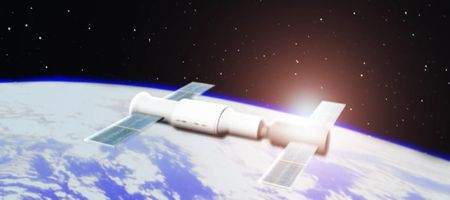China’s successfully launched its Shenzhou 8 unmanned spacecraft, which is now on its way to the Tiangong-1 experimental module.

Its arrival at the module will mark China’s first ever space docking, an important achievement given the country’s plans for a full space station.
“It will make it possible for China to carry out space exploration of larger scale,” Zhou Jianping told the state-owned Xinhua news servicer.
“The mastering of rendezvous and docking technologies will lay a key technical foundation for China’s building of space station and deep-space exploration.”
The spacecraft separated successfully from the Long March 2F rocket around nine minutes into the flight, and deployed its solar panels soon after.
It will dock with Tiangong-1 in around two days’ time. It’s a vital operation, and involves synchronizing two rapidly moving vehicles with a margin of error of just inches.
After 12 days, the two will separate before redocking; after that, Shenzhou 8 will again separate and its capsule will return to Earth.
It’s been carrying biological experiments for the German space agency designed to examine how plants, bacteria and human cancer cells are affected by zero gravity and radiation.
China’s planning a 60-ton space station by 2020 – rather smaller than the 420-ton International Space Station or even the 137-ton MIR, but with scope for expansion.
In the meantime, it’s looking to further test docking techniques with two missions set for next year, at least one of which will be manned.






